grinding balls
Grinding balls are essential components in various industrial processes, particularly in the mining and mineral processing industries. These spherical or cylindrical objects are used in grinding mills to break down and reduce the size of raw materials into finer particles. The primary function of grinding balls is to facilitate the comminution process, which involves the reduction of material size through crushing, grinding, and milling. This process is crucial for extracting valuable minerals from ores and for preparing materials for further processing or use in various applications.Grinding balls are typically made from high-quality materials that exhibit excellent wear resistance, hardness, and toughness. Common materials used in the production of grinding balls include forged steel, cast iron, and ceramic. Each material has its own set of advantages and is chosen based on the specific requirements of the grinding process. For instance, forged steel grinding balls are known for their high impact resistance and durability, making them suitable for heavy-duty grinding applications. Cast iron grinding balls, on the other hand, are often used in processes where cost-effectiveness is a priority, while ceramic grinding balls are preferred for applications that require minimal contamination and high precision.The size and shape of grinding balls can vary significantly depending on the type of mill and the material being processed. In ball mills, for example, grinding balls are typically spherical and range in diameter from a few millimeters to several centimeters. The size of the grinding balls directly affects the efficiency of the grinding process; larger balls are used for coarse grinding, while smaller balls are used for fine grinding. The distribution of grinding balls within the mill also plays a critical role in optimizing the grinding process. Properly sized and distributed grinding balls ensure that the material is evenly ground and that the mill operates at peak efficiency.One of the key challenges in using grinding balls is managing wear and tear. Over time, grinding balls can become worn or damaged due to the constant impact and abrasion they experience during the grinding process. This wear can lead to a decrease in grinding efficiency and an increase in energy consumption. To mitigate these issues, it is important to regularly inspect and replace worn grinding balls. Additionally, advancements in material science have led to the development of grinding balls with enhanced wear resistance, which can extend their lifespan and reduce the frequency of replacement.In addition to their use in mining and mineral processing, grinding balls are also employed in other industries such as cement production, power generation, and chemical processing. In cement mills, for example, grinding balls are used to grind clinker and other raw materials into fine powder, which is then used to produce cement. In power plants, grinding balls are used in coal mills to pulverize coal into a fine powder that can be burned efficiently in boilers. In the chemical industry, grinding balls are used in various processes to reduce the size of raw materials and to facilitate chemical reactions.Overall, grinding balls are indispensable tools in a wide range of industrial applications. Their ability to efficiently reduce material size and their durability in harsh operating conditions make them a critical component in many industrial processes. As technology continues to advance, the development of new materials and manufacturing techniques is expected to further improve the performance and longevity of grinding balls, ensuring their continued importance in industry.
Products
Category:
No search results found!
News
Category:
-
[Company News]Qasim Group's quality management system meeting kicked off o...
2025-08-05 08:54:18
Case
Category:
No search results found!
Video
Category:
No search results found!
Download
Category:
No search results found!
Job
Category:
No search results found!
Featured Products
No search results found!


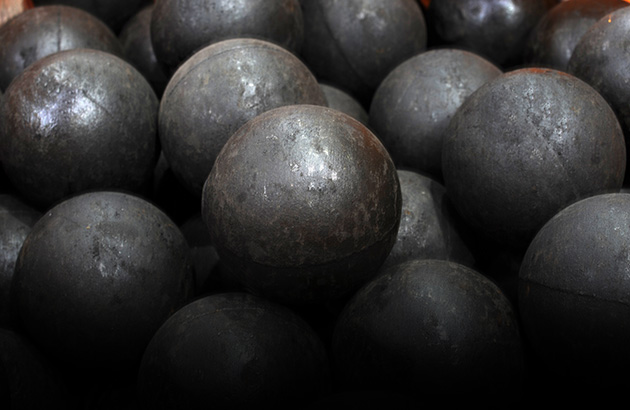
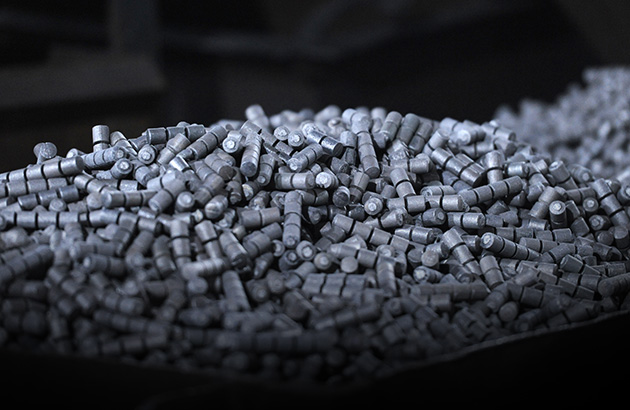
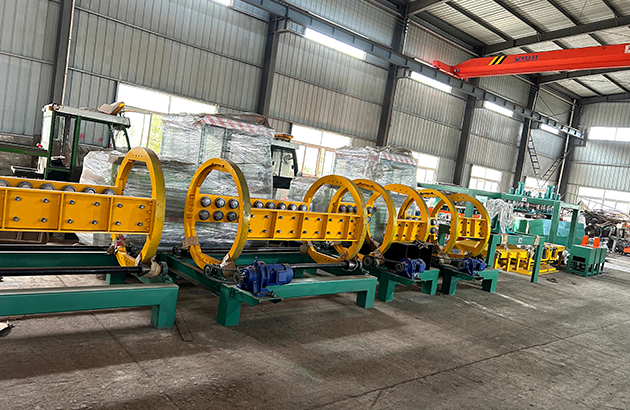

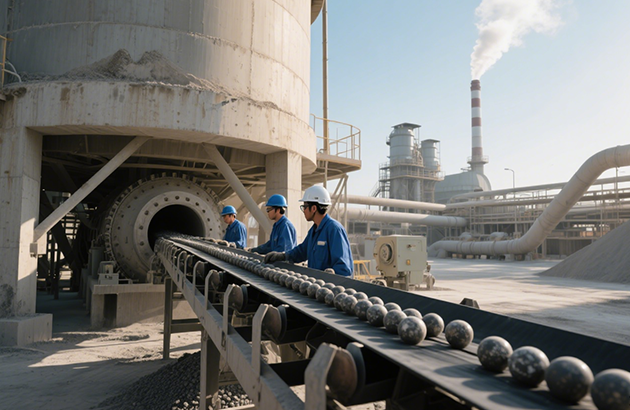
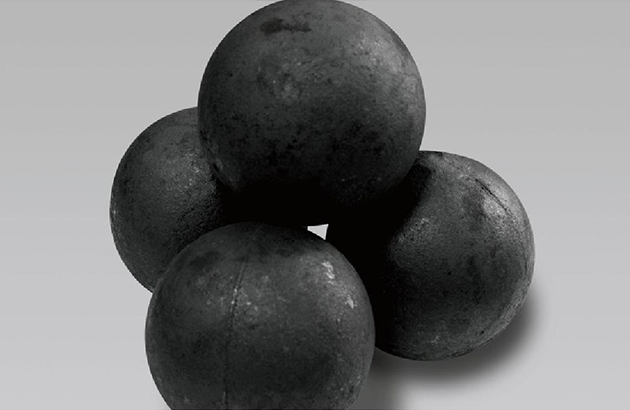
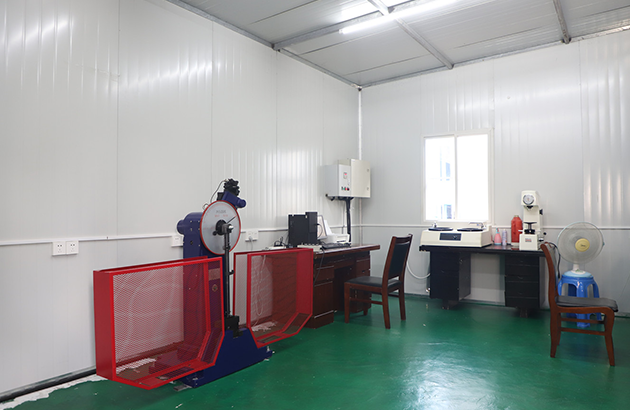
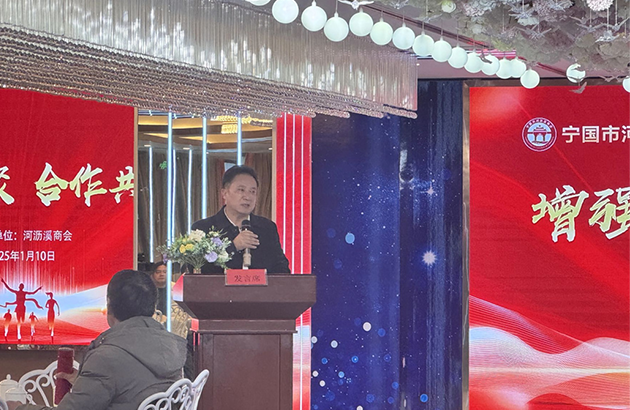
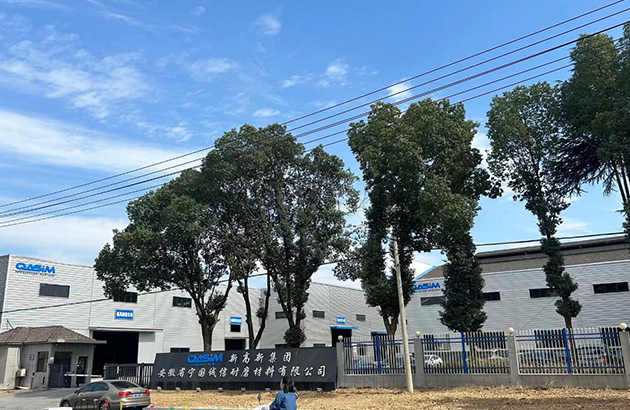







 Phone
Phone